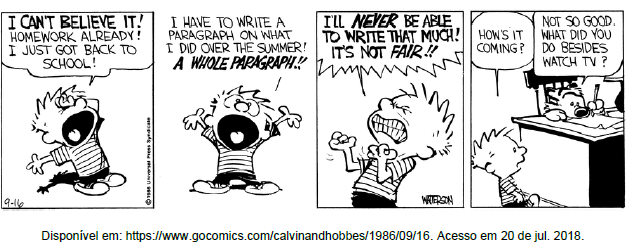Read the text below and answer the following question based on it.
More than half your body is not human
Human cells make up only 43% of the body's total cell count. The rest are microscopic colonists.
Understanding this hidden half of ourselves - our microbiome - is rapidly transforming understanding of diseases from allergy to Parkinson's.
No matter how well you wash, nearly every nook and cranny of your body is covered in microscopic creatures.
This includes bacteria, viruses, fungi and archaea (organisms originally misclassified as bacteria). The greatest concentration of this microscopic life is in the dark murky depths of our oxygen-deprived bowels.
The human genome - the full set of genetic instructions for a human being - is made up of 20,000 instructions called genes.
But add all the genes in our microbiome together and the figure comes out between two and 20 million microbial genes.
Prof Sarkis Mazmanian, a microbiologist from Caltech, argues: "We don't have just one genome, the genes of our microbiome present essentially a second genome which augment the activity of our own.
Science is rapidly uncovering the role the microbiome plays in digestion, regulating the immune system, protecting against disease and manufacturing vital vitamins.
It is a new way of thinking about the microbial world. To date, our relationship with microbes has largely been one of warfare.
Antibiotics and vaccines have been the weapons unleashed against the likes of smallpox, Mycobacterium tuberculosis or MRSA.
That's been a good thing and has saved large numbers of lives.
But some researchers are concerned that our assault on the bad guys has done untold damage to our "good bacteria".
Prof Knight has performed experiments on mice that were born in the most sanitised world imaginable.
He says: "We were able to show that if you take lean and obese humans and take their faeces and transplant the bacteria into mice you can make the mouse thinner or fatter depending on whose microbiome it got."
"This is pretty amazing right, but the question now is will this be translatable to humans"
This is the big hope for the field, that microbes could be a new form of medicine. It is known as using "bugs as drugs".
Adaptado de: < http://www.bbc.com/news/health-43674270> Acessado em 13 de abril de 2018.




